Why is Colour Psychology Important in Packaging Design?

Colour has been a part of human culture since the beginning of time.
Quick trivia: Ancient Egyptians used colour to communicate, and even TODAY we still use colour in our everyday lives.
It's not just about decorating your home with pretty pictures (although that's always nice). Colours are also used to help us make decisions about products, organisations, and brands.
In fact, research shows that when people see red or gold/burnt orange items in stores, they think of them as more expensive or valuable than other colours do.
Why? Because these two colours have associations with danger (red) or luxury (gold).
So why is this important?
Well... it makes sense! We pay attention to things that STAND OUT from their surroundings so if you want people to notice your packaging then use contrasting colours as much as possible; either contrasting shades within one colour family like blue vs purple butterscotch tones on dark grey cardboard laminate panels for example or completely different ones altogether like bright pink foil overlay paper bags with black textured plastic outer shell covers here at Lime Design Studio we've done both types successfully for over 12 years.
Colours Convey Your Messaging
Colours are POWERFUL, and they convey meaning. They can say things about your brand that we might not want to admit. Colours can even change the way people feel about your product or brand.
For example: red is associated with anger and passion; blue is associated with peace and tranquillity; yellow represents happiness; green shows nature's abundance—and so on… The list goes on for each colour in the spectrum of light through dark tones (with some exceptions).
Colours Command Attention
Colour is an important part of packaging design. It can be used to attract attention, direct attention, and create contrast. It can also be used to create a mood or brand identity for your product.
Colours Affect Our Moods
It has been proven to have a positive effect on our behaviour, making us feel good or calm down. They can also affect how we BEHAVE, such as eating and drinking more or less than usual when certain colours are around us (for example green).
Colour Promotes CTA (call-to-action)
Colour can be used to HIGHLIGHT a call to action, draw attention to a specific area of the packaging and direct the customer to that area. Colour is also an effective way of drawing attention away from less important messages in your packaging design.
Use bright colours on labels or logos that you want your customers to notice first – these are often called ‘highlight colours’ because they're so noticeable and stand out from everything else on display.
For example: red hats for runners; green vegetables for health-conscious people; blueberries for those with high blood pressure etc…
You may also want some variation within each highlight colour category (so one item has a cool tone compared with another), especially if there are many similar products on offer - this will keep things interesting without having too many distractions at once
Colours Help Define Your Brand
It is also an essential part of branding and marketing. They can help define your brand, differentiate between products, distinguish between product categories and even help you choose which product line to focus on.
And, it affects how people PERCEIVE your brand. When choosing colour palettes for your packaging design project there are two main factors that need to be considered:
Target Audience: Who will be using your products or services; this will give you an idea of what colours they prefer when purchasing things like food or cosmetics (you may also want to consider demographics).
Feedback: Understanding what kind of message you want customers/consumers/clients etc., to receive from their experience with whatever product and/or service in question - this could include whether they feel proud or guilty after buying something new.
Colour Improves Visual Recognition
We use colour to make sense of our surroundings, and the way we process information depends on the type of stimulus being processed.
For example, in order to identify an object or person in a picture, we must first be able to differentiate it from other objects present in the scene; this is known as perceptual organisation.
Colours also have an important role in recognising patterns - whether they're geometric shapes (like overlapping circles) or naturalistic ones (like leaves).
In order for us, humans' brains not just to register these features but also UNDERSTAND them completely we need some sort of information about how those shapes are constructed - which means understanding what colours mean behind those shapes.
Takeaway:
Colour psychology is one of the most effective ways of enhancing recognition in your packaging design.
There are so many ways colour can be used in packaging design and if you have read most of this article then I am sure you will have realised how important it is…
Colour psychology is an important part of the design process, and we hope this article has provided you with some context for how it WORKS.
Ready to speak to our graphic design experts?
Contact us
Lime Design Studio -
Graphic Design & Branding
Unit 3, Knights Farm, Newton Road, Rushden, Northamptonshire NN10 0SX
Email: [email protected]
Lime Design Studio providing graphic design and branding in Rushden, Northampton, Milton Keynes, Leicester, Kettering and across the UK.
Copyright 2024 Lime Design Studio Ltd.
